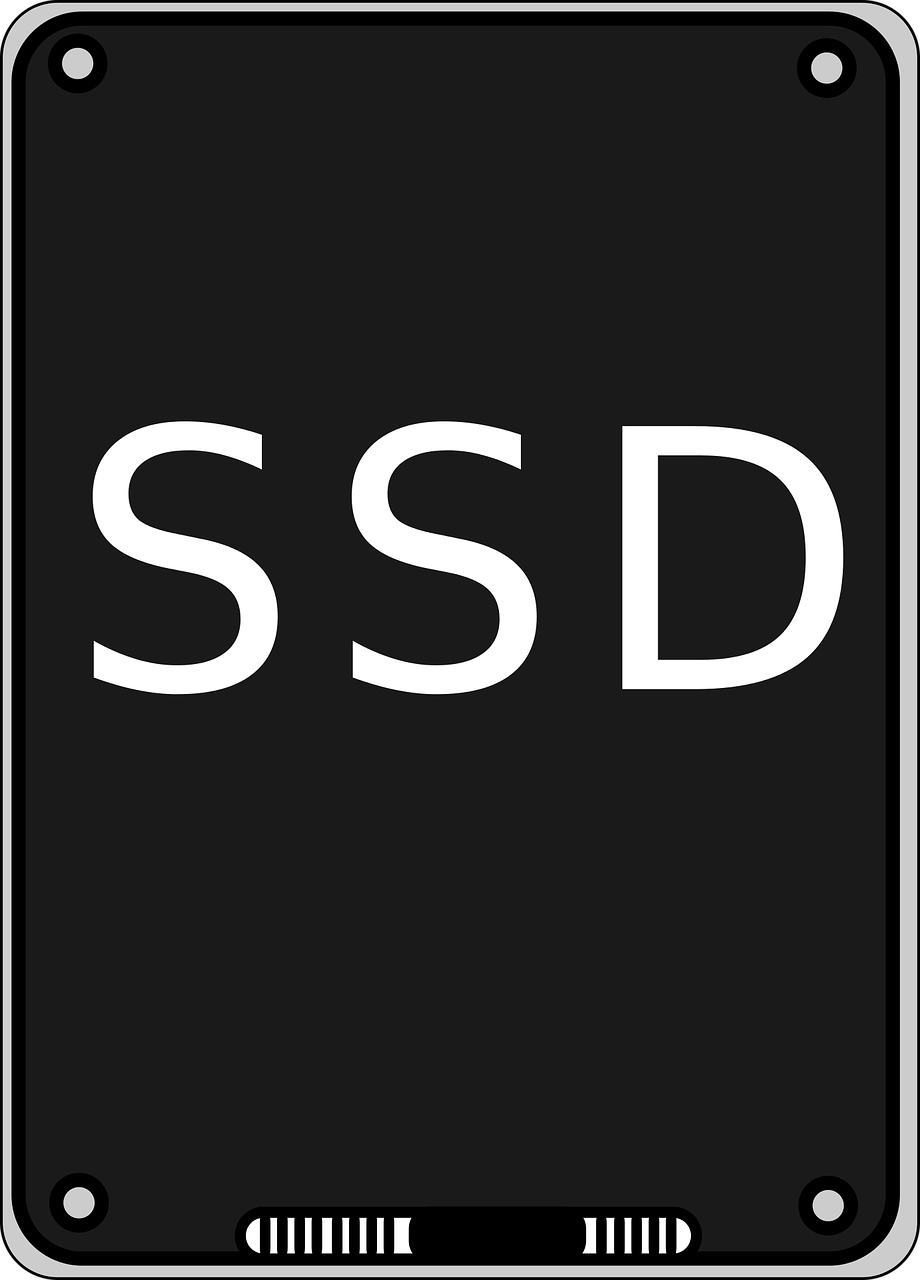Before we decide to buy an SSD drive for our computer, we need to answer a few questions. First of all, it is necessary to determine what budget we have and what capacity we are interested in. In addition, a long warranty period of the manufacturer is a big advantage. In this way, we can protect ourselves in the event of an unexpected failure of our SSD drive. Most solid-state drive manufacturers offer a 3-year warranty, although some more expensive drive models come with a 5-year warranty. However, unlike the older models, SSDs currently produced are extremely durable. They will serve us for several years without major problems.
Technologies used to connect SSDs to the motherboard
 There are many different SSD drives available on the market . One of the most important parameters is the interface through which we connect the drive to our computer. The most common are SATA connectors, which are used in both SSD and HDD drives. In the case of the SATA III version, data transfer is possible at the level of 600 MB / s. The vast majority of modern drives fully use the potential of this type of connector. Therefore, the PCIe rails have gained in importance. After connecting our SSD drive to them, the transfer speed reaches 4 GB / s. However, our motherboard must support the PCIe 3.0 interface. This interface works perfectly with NVMe SSDs. We also need an M.2 slot on the motherboard. Otherwise, you will need to purchase special adapters that will allow you to attach the NVMe drive to the PCIe bus. It is the NVMe (Non-Volatile Memory Express) technology that allows you to take full advantage of the bandwidth offered by PCIe interfaces. M.2 SSDs do not necessarily use NVMe technology. Some models still use SATA connectors. The least common are mSATA and U.2 SSDs. In these cases, we may have trouble finding compatible motherboards.
There are many different SSD drives available on the market . One of the most important parameters is the interface through which we connect the drive to our computer. The most common are SATA connectors, which are used in both SSD and HDD drives. In the case of the SATA III version, data transfer is possible at the level of 600 MB / s. The vast majority of modern drives fully use the potential of this type of connector. Therefore, the PCIe rails have gained in importance. After connecting our SSD drive to them, the transfer speed reaches 4 GB / s. However, our motherboard must support the PCIe 3.0 interface. This interface works perfectly with NVMe SSDs. We also need an M.2 slot on the motherboard. Otherwise, you will need to purchase special adapters that will allow you to attach the NVMe drive to the PCIe bus. It is the NVMe (Non-Volatile Memory Express) technology that allows you to take full advantage of the bandwidth offered by PCIe interfaces. M.2 SSDs do not necessarily use NVMe technology. Some models still use SATA connectors. The least common are mSATA and U.2 SSDs. In these cases, we may have trouble finding compatible motherboards.
- szkola-muzyczna24.com.pl/nauka-gry-na-flecie-szczecin/
- drukarnia-24.com.pl/oferta/koszulki-i-czapki-z-nadrukiem/
SEE ALSO:
-
-
- RAM memory :
-
How do U.2 SSDs fare compared to M.2 models?
Both formats theoretically have a bandwidth of 32 GB / s. Then why did manufacturers decide to introduce U.2 drives? M.2 drives are 30 to 110 mm long and are mostly used in mobile devices such as notebooks and ultrabooks. In turn, the length of the U.2 disk is as much as 2.5 inches and is most often used in the server room. In data centers, drives using the M.2 format will not work at all because they are too small.





